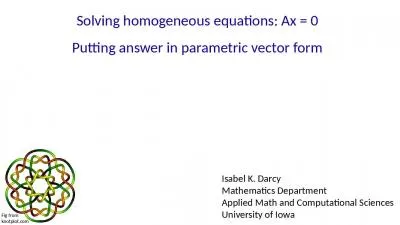PPT-EXES: The Echelon-Cross-
Author : liane-varnes | Published Date : 2016-04-09
Echelle Spectrograph for SOFIA Sensitivity W e plot the NEFD for S N10 in 900s of integration on a point source For comparison Vega is included on all three plots
Presentation Embed Code
Download Presentation
Download Presentation The PPT/PDF document "EXES: The Echelon-Cross-" is the property of its rightful owner. Permission is granted to download and print the materials on this website for personal, non-commercial use only, and to display it on your personal computer provided you do not modify the materials and that you retain all copyright notices contained in the materials. By downloading content from our website, you accept the terms of this agreement.
EXES: The Echelon-Cross-: Transcript
Download Rules Of Document
"EXES: The Echelon-Cross-"The content belongs to its owner. You may download and print it for personal use, without modification, and keep all copyright notices. By downloading, you agree to these terms.
Related Documents

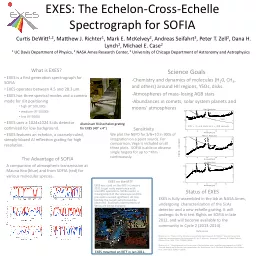

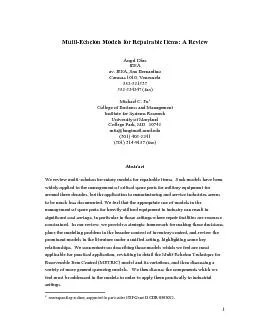

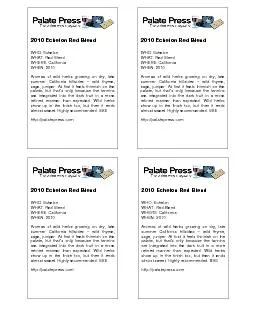
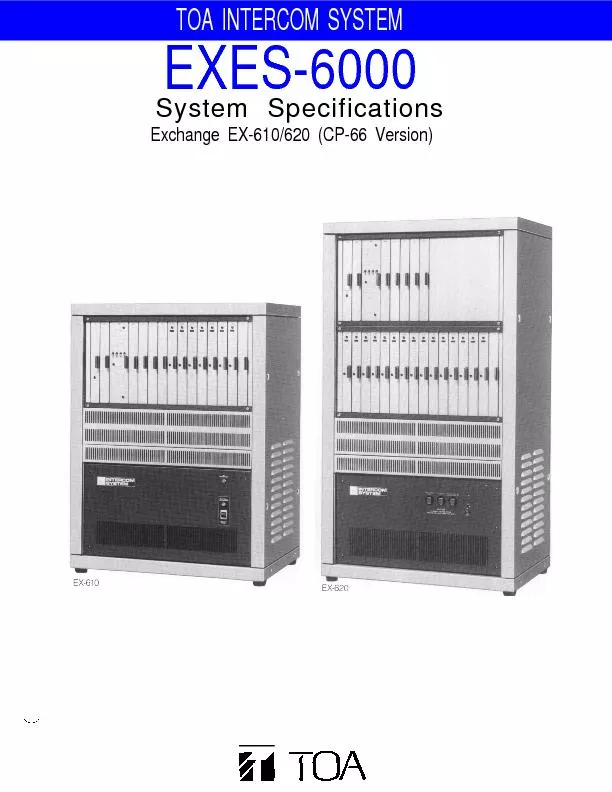
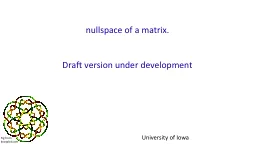
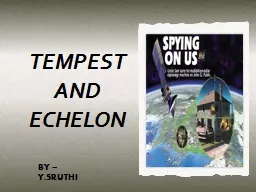
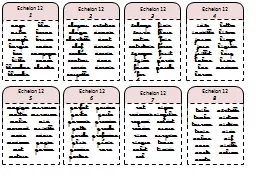
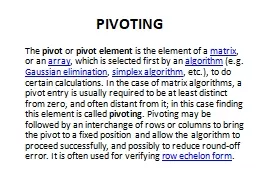
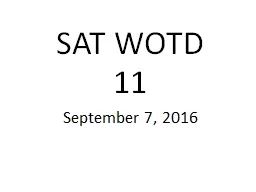
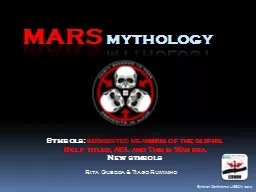
![[DOWNLOAD] - Upper Echelon Education: How Homeschoolers Can Gain Admission to Elite Universities](https://thumbs.docslides.com/903306/download-upper-echelon-education-how-homeschoolers-can-gain-admission-to-elite-universities-coffee-break-books.jpg)
